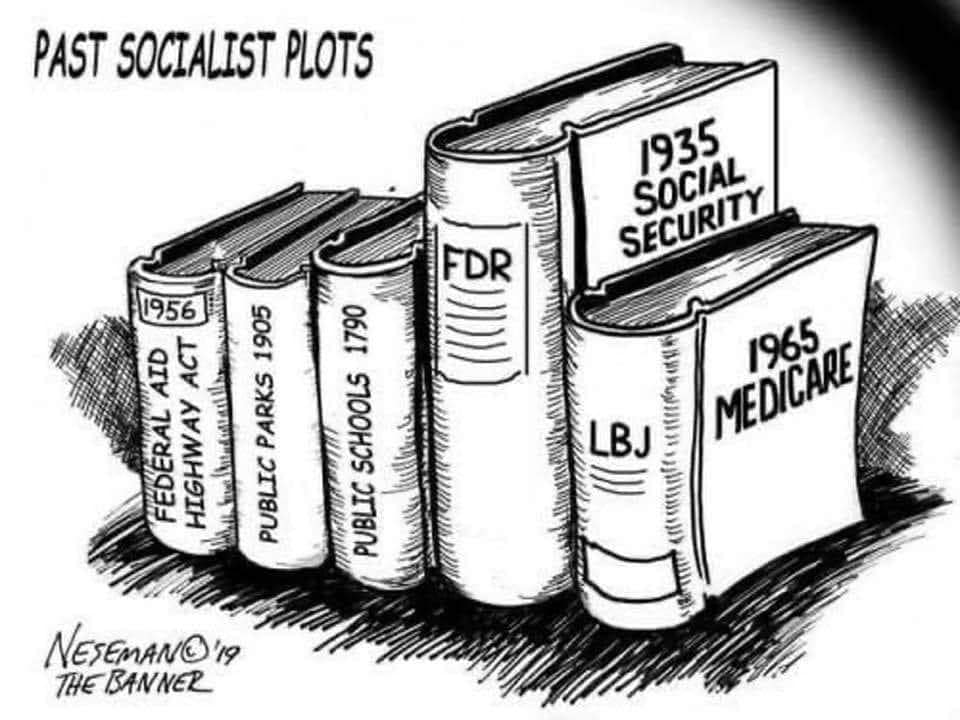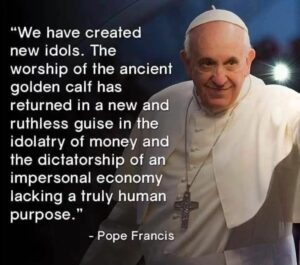Liberal trolls are deeply embedded in the “common sense” of #deathcult (neoliberalism), they derive their identity and value from upholding these norms. When confronted with thinking that challenges assumptions, their sense of self-worth feels threatened. This leads to defensive behaviours like #blocking, that create echo chambers that alienate broader, constructive conversations.
The result is a destructive cycle of isolation, where strong blocking cuts people off from dissenting views, deepening their entrenchment. Collapse is often the ending of this path, mental strain of constant reinforcement without growth leads to emotional “cave-ins.” this trauma, ripple out to the communities involved, stalling progress and fostering distrust.
To avoid losing our #fashernistas (those drawn to trends but lacking deep roots), we need strategies that balance openness with resilience: build safe spaces for exploration, where people can explore ideas without fear of “cancelling.” These spaces should be guided by openness and trust (#KISS), ensuring that conversations remain productive.
The liberal mindset struggles with change because it feels personal. Providing tools for emotional resilience—like reframing challenges as opportunities for growth—can help bridge the gap. This isn’t therapy, but a practical way to address defensiveness.
Define ideas in simple, grounded terms, for example the #deathcult isn’t just a metaphor; it’s a way to name destructive systems. #Mainstreaming is the tendency to conform rather than change and challenge. This kind of clarity helps those trapped in “common sense” paths see the alternatives without feeling overwhelmed.

Focus on collective paths, isolation breeds fear, but collective efforts inspire trust. Projects like the #OMN are excellent examples of how shared goals can create spaces for diverse voices to thrive. By working together, we create a counterbalance to the individualistic tendencies of the #deathcult.
The goal is to avoid the traps of entrenched “common sense” thinking while maintaining compassion for those caught in it. Liberal trolls can evolve if given the right tools and opportunities, but the process will be messy. By fostering openness, resilience, and collective action, we can help individuals—and communities—climb out of the holes they’ve dug, without burying them under the weight of their past mistakes. Let’s turn the debris into compost and plant something worth growing. 🌱 #OMN


